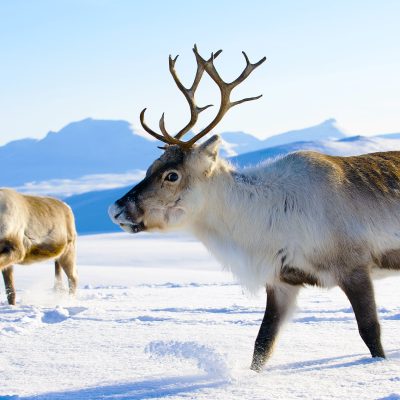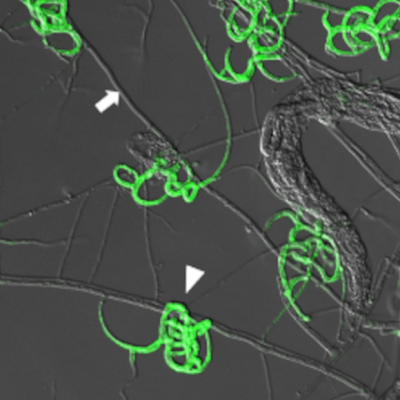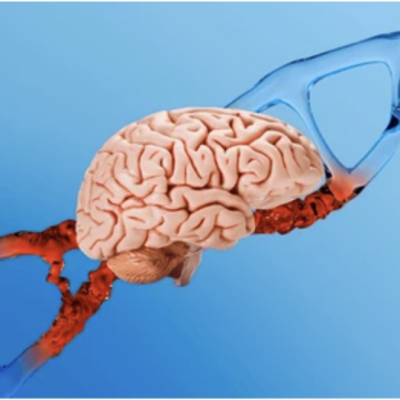In 2017, a new species of fish called Pseudoliparis swirei was discovered in the Mariana Trench at a depth of 8,134 meters. Despite the harsh conditions of the deep sea, this fish is able to survive due to genetic adaptations that affect its skeletal development and make its cell membranes more fluid. Scientists from the University of Washington published a study in the journal Zootaxa in 2017, but they were unable to explain how the fish could survive in such a hostile environment. However, Chinese researchers from the Kunming Institute of Zoology have now published their findings in the journal Nature Ecology & Evolution, shedding light on how Pseudoliparis swirei is able to thrive in the depths of the Mariana Trench.
Scheibenbäuche, also known as snailfish, are a widespread genus of fish that can be found in the Atlantic, Pacific, Southern Ocean, and even the North Sea. They have a slimy skin and transparent bodies that appear fragile, despite their ability to survive in extreme conditions. The Mariana Trench is known for its low oxygen concentration, lack of food sources, complete darkness, high hydrostatic pressure, and low temperatures. Scientists believe that vertebrates can survive at a maximum depth of 8,200 meters, making Pseudoliparis swirei the deepest living vertebrate on Earth, as no other fish species have been found in the Hadal Zone during expeditions.
The Chinese researchers discovered that Pseudoliparis swirei has anatomical adaptations that allow it to survive in the deep sea. The gene Osteocalcin, which controls skeletal development, is not active in this species of Scheibenbäuche, resulting in a lightly ossified skeleton and an incompletely closed skull. Additionally, they found a series of genes that make the cell membranes more fluid than in their relatives that live in shallower waters, enabling normal cell function despite the high pressure. These genetic adaptations are the key to Pseudoliparis swirei’s survival in the harsh environment of the Mariana Trench.










